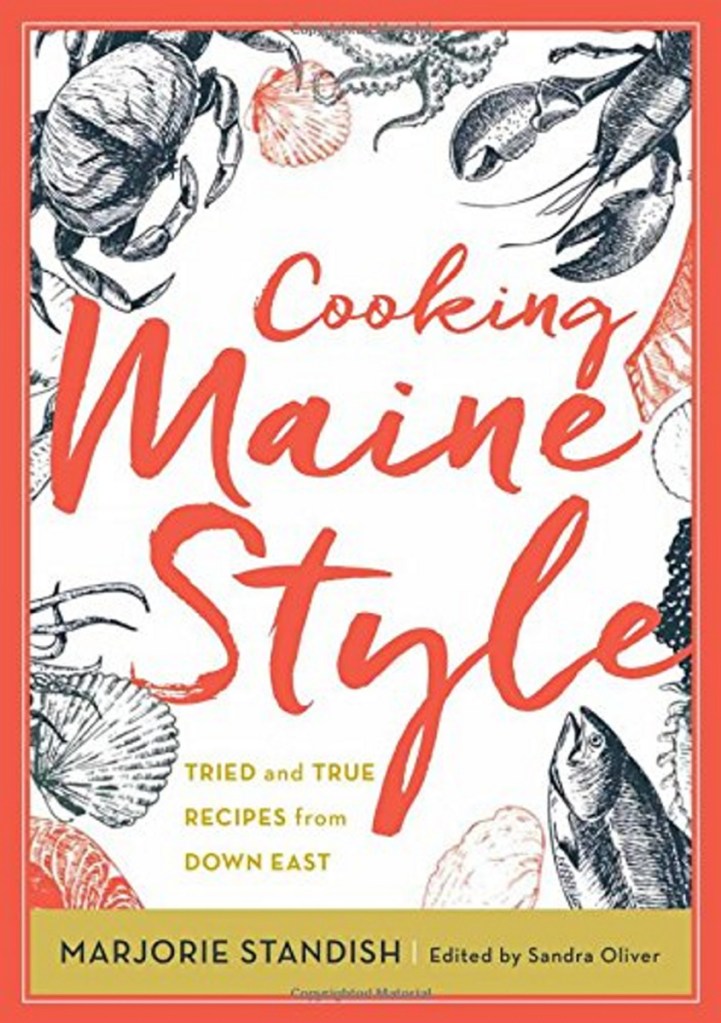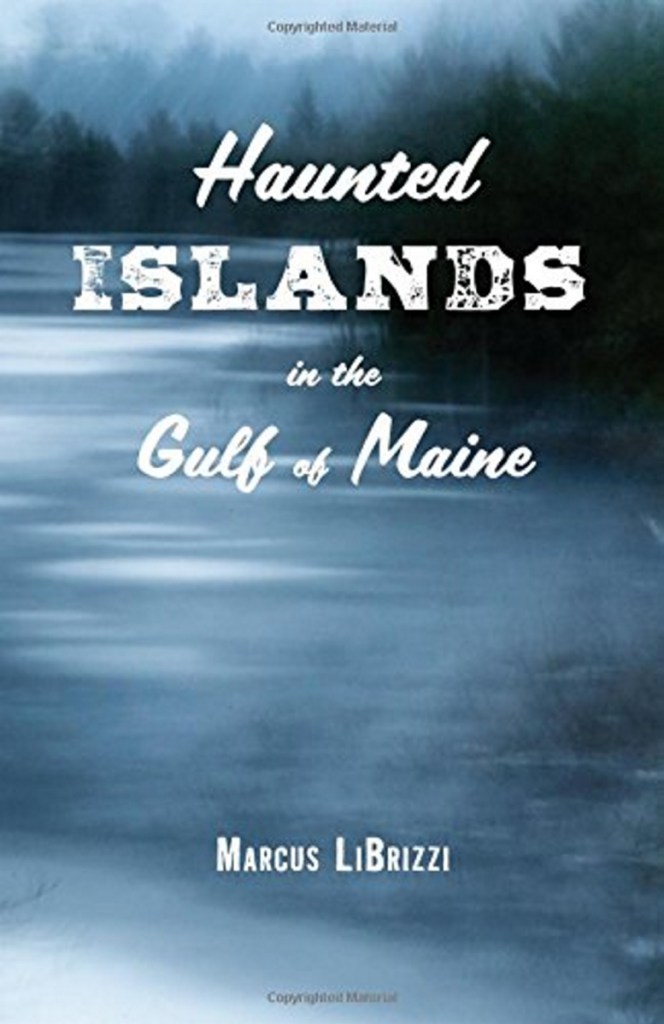COOKING MAINE STYLE: TRIED AND TRUE RECIPES FROM DOWN EAST
A Maine old-timer once complained that his wife was a terrible cook: “Her cooking is so bad even the dogs left town.” Too bad he never met Marjorie Standish or bought his wife one of her cookbooks.
Marjorie Standish (1908-1998) was a classic Maine cook, newspaper columnist and cookbook author. She wrote the “Cooking Down East” column for the Maine Sunday Telegram for 25 years (1948-1973) and penned seven cookbooks (updated and reprinted numerous times). She is gone now, but Sandra Oliver, an Islesboro food historian and writer of the “Tastebuds” column for the Bangor Daily News, has collected and edited 125 of Standish’s recipes for this fun and very usable new cookbook. And Oliver wisely includes Standish’s own directions and comments for each recipe.
Readers will note that the recipes are for “scratch” cooking, there’s little mention of prepared or processed food ingredients, but that’s the book’s charm. Everything takes time to prepare, but it’s worth the effort. Twelve chapters cover everything from stews and chowders, fish, poultry and meats to vegetables, salads, breads and desserts. Oliver even includes chapters on game cooking (duck and venison) and preserving.
Old favorites appear, like split-pea soup and fish chowder; salt cod dinner and chicken pie; stifled (smothered) beef and baked beans; clam cakes and American chop suey. She also includes the recipe from Standish’s first newspaper column in 1948: potato and bologna casserole.
The dessert chapter has 24 recipes, from cakes and pies to such great name delicacies like Hermits, Lizzies, Brambles, Gillie Whoopers and Best Needhams. Learn how to make your own corned beef for the New England boiled dinner, and how to cook slumgullion, salmon wiggle, sunbeams and percolator punch. That old-timer sure missed out.
HAUNTED ISLANDS IN THE GULF OF MAINE
Some people believe in ghosts, and others don’t. But everybody loves a good ghost story. And Machias author Marcus LiBrizzi has a whole book full in “Haunted Islands In The Gulf Of Maine.”
This is LiBrizzi’s fourth collection of ghost stories, following “Dark Woods,” “Chill Waters” and “Ghosts Of Acadia.” Here he features the ghost stories of 18 islands — from Boon Island in the south (off Kittery) to Sable Island in the north (Canadian waters).
Some of LiBrizzi’s ghost stories come from ancient tales, some are local legends and others are the result of actual events, with a few contemporary sightings. No matter the source, his treatment is both fun and spooky. Murders, suicides, accidental and suspicious deaths, shipwrecks, and Indian massacres and mistreatment, account for most of the stories.
Jewell Island in Casco Bay “remains one of Maine’s most legendary islands” for its colorful history of ghosts, smugglers, buried pirate treasure (Anne Bonny and William Kidd) and multiple murders. The lighthouse on Seguin Island, at the mouth of the Kennebec River, is haunted by madness and a gruesome murder-suicide, with the victim still playing piano music 150 years later.
Great Wass Island (off Jonesport) is the home of the “shadow man,” a powerful ghostly apparition that tried to kill a duck hunter in 1929. A haunted house at Dark Harbor on Islesboro (off Lincolnville) was the site of a murder in 1900, with the victim stored beneath the parlor carpet. Ghostly events afterwards made sure subsequent residents didn’t stay long.
More ghosts appear in houses, lighthouses, cemeteries, woods and shores — including the headless, bloody ghost of Captain Richard Pattishall, killed in 1629 on Damariscove Island (off Boothbay Harbor).
Wonder, too, why so many ghosts wear white, and why ghosts are always so unhappy. Are there no jolly ghosts?
Bill Bushnell lives and writes in Harpswell.
Send questions/comments to the editors.




